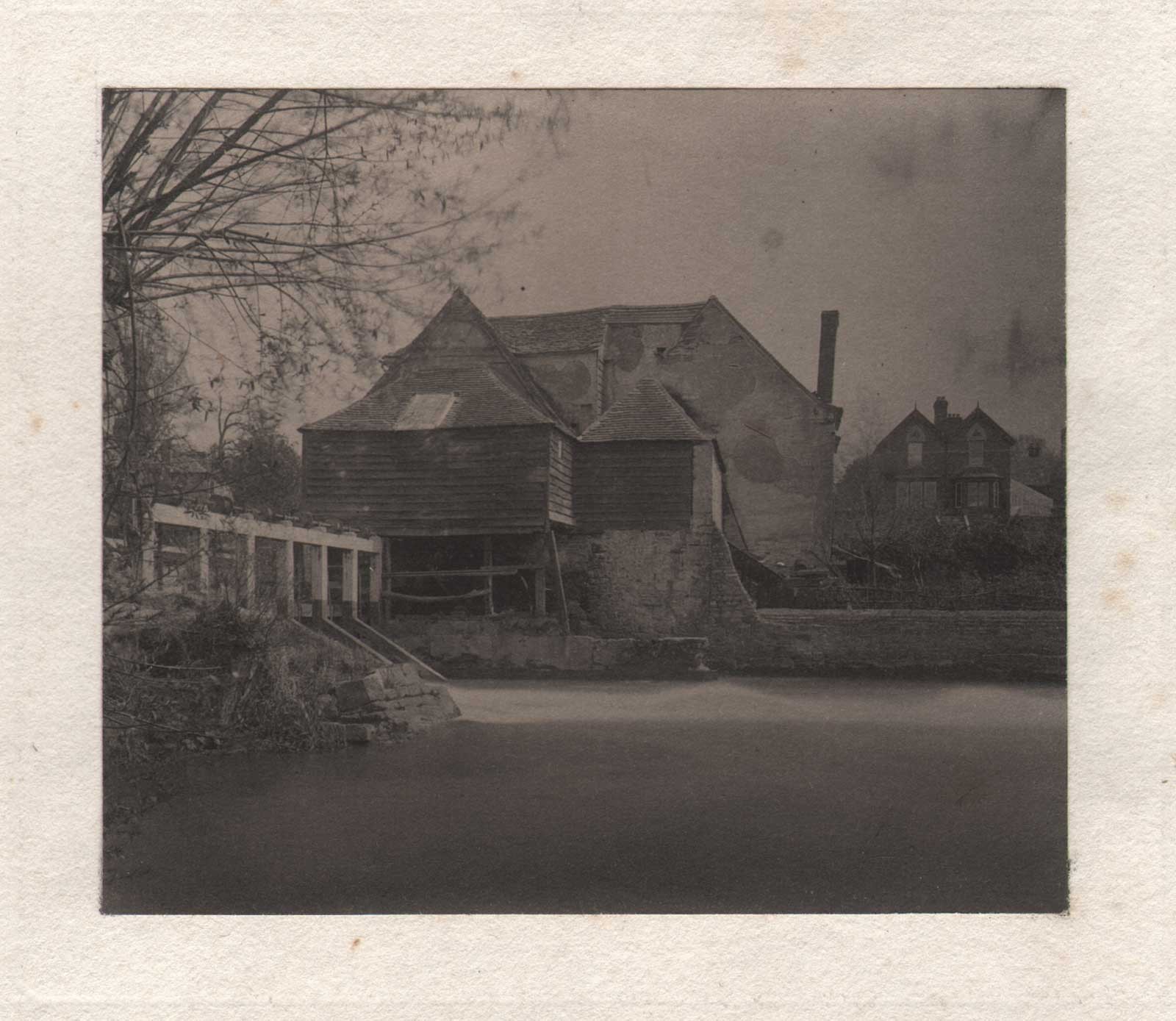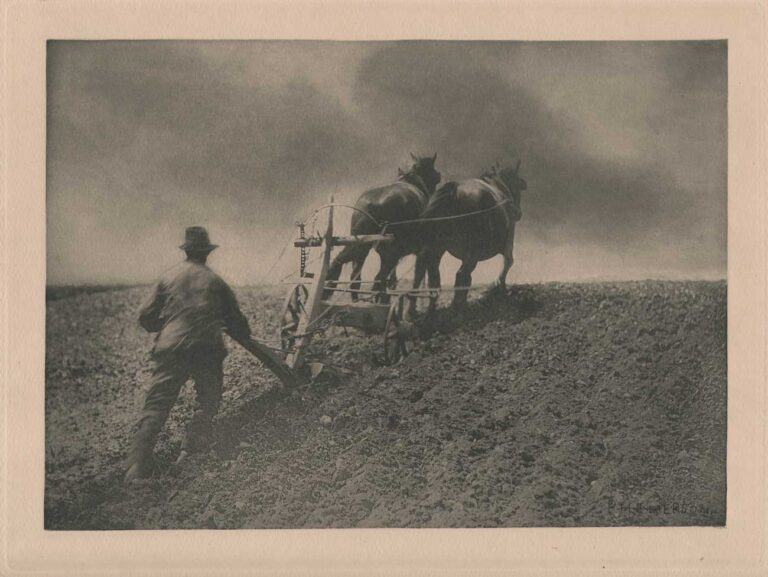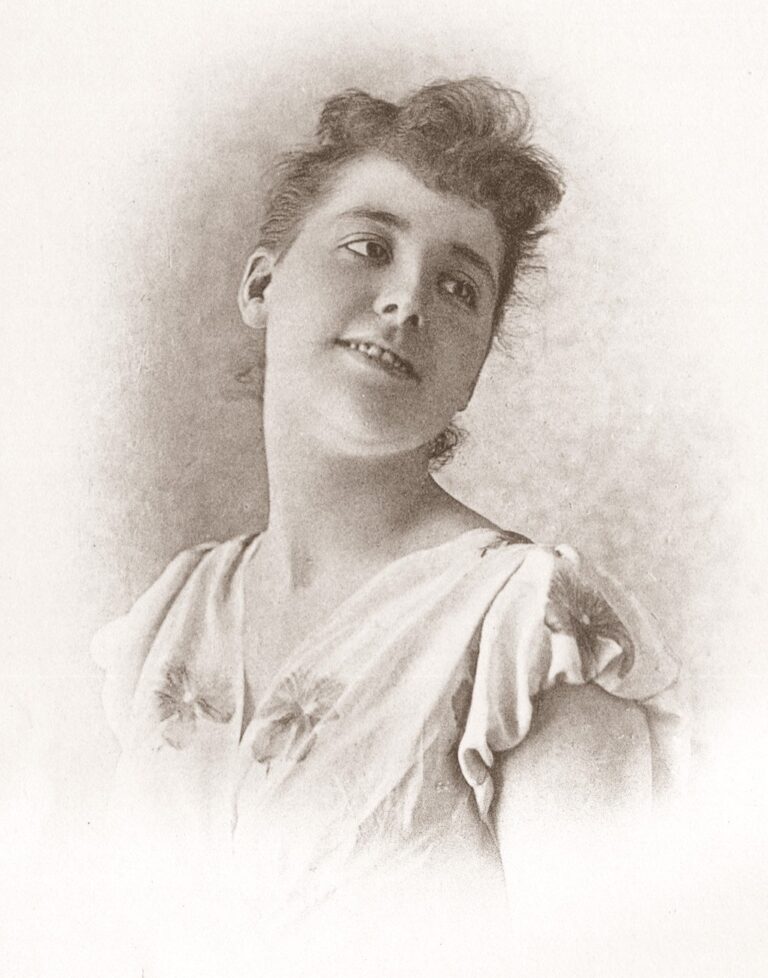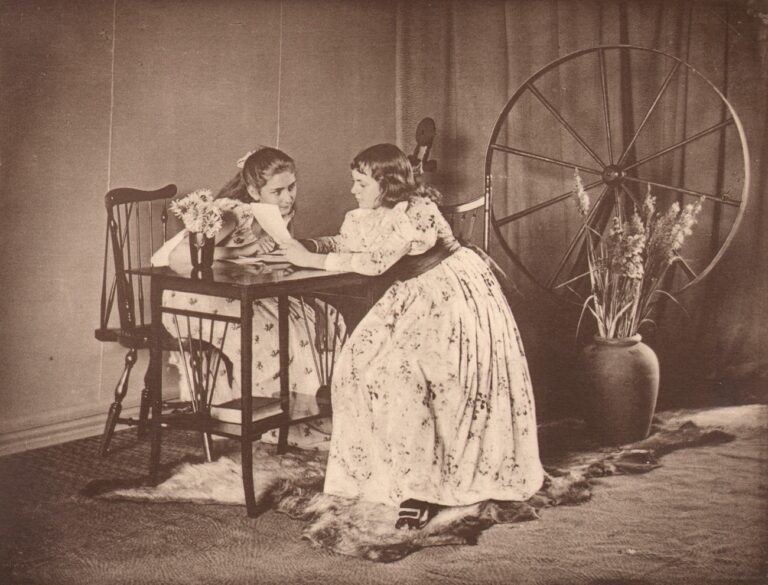
Iffley Mill, Upper Thames
Iffley Mill: background by The Iffley History Society
Iffley stands on the Thames, two miles downstream from Oxford. …
A water mill was built in the mid-11th century and it survived for almost 800 years. Originally owned by a series of Oxford burgesses, it was bought in 1445 by Lincoln College, Oxford, who owned it until it was destroyed by fire in 1908. It ground malt, barley, corn and other cereals and became a fulling mill for a short period in the 15th century. It was notorious for its arguments between bargees and millers, who being in possession of the lock, whether it was a flash or pound lock, could preserve his head of water, and not let it flow down river, by opening his gates, as long as he wished.
The mill was picturesque and much painted, sketched and photographed. By the end of its life, better transport, canals, roads and railways, had its impact on its viability and money spent on upgrading the machinery was too late and probably too little.
The fishing rights, which went with the mill and were owned by Lincoln College, extended from 300 yards below the mill to the mouth of the River Cherwell, a distance of almost two miles. The most prized catch were eels, which were a delicacy. The lock gates incorporated eel traps.
There was a ferry boat, but it was not a regular ferry crossing. Adjacent to the lock was a landing place where it was normal to land coffins, as a bye-law prevented coffins being carried across the lock.
Timeline: Edmund Leyland Woods: 1848-1940
1848: Born in August into the English Landed Gentry, he is baptized on Sept. 21. His ancestral home is Chilgrove House in Sussex. His father Edward Leyland Woods is a lawyer and mother is Mary Ann Woods. The following link shows the home ca. 1880-90 in the collection of the Getty. The home was rebuilt, it is believed, at the end of the 20th Century. With no family heirs on the death of the photographer in 1940, his estate in Probate court passed to his sole beneficiary: Charles Frederick Wheen Dimond.
“The Woods family lived at Chilgrove from at least the 1690s until 1938. There were then no Woods heirs to inherit, so the property eventually passed to a relation, Charles F W Dimond, who was also the Woods family solicitor (as his father before him had been). CFW Dimond’s grandson is the husband of the depositor. Chilgrove House was requisitioned during the Second World War and used to house troops, probably Canadians. Family talk said that the house was left in a poor state, and needed much repair work. CFW Dimond was retired by the time he inherited the house, and did not have the funds to maintain it and the estate. He did not have any sons to continue the Dimond name, his only son having died in infancy. After CFW Dimond’s death, the estate was bought by Mr H Renwick in 1960.” Source: West Sussex Record Office online record.
1871: December. Receives his bachelor of Arts degree from Queens College, Oxford. A known photograph dated 1870 shows him in a group portrait with fellow student members of the Halcyon Club, one of school’s notorious secret drinking societies.
1874: Immigrates to America at 26 years of age and lands in San Francisco, taking on the job of California agent for the Union Marine (insurance) company of Liverpool, England.
1880: Listed as general agent for the Sacramento Union Marine Insurance Co. (limited, of Liverpool) located at 219 Sansome St. in San Francisco. Source: Langley’s San Francisco Directory for the year commencing 1880. The U.S. Census this year additionally states he resides as a boarder on Clay St.
1883: On February 19, (1.) he becomes a founding member of the Pacific Coast Amateur Photographers Association based in San Francisco: “The Pacific Coast Amateur Photographers’ Association was originally organized by W. C. Gibbs, George Tasheira, L. F. Buchling, W. B. Tyler, Harry Babcock, B. W. Smith, E. L. Woods and W. H. Lowden.” … “To Wm. Litts Oliver belongs the honor of having been the first to follow the art as a recreation, his first practice having been in South America, nearly twenty years ago. The first President of the Association was Wm. Gibbs, the second, W. B. Tyler, and the third and ruling officer, Sidney M. Smith. On the first Thursday following the first Monday of each month, the members gather in their pleasant room in the building at the northwest corner of Pine and Leidesdorff streets, where they share with each other the results of the month’s experiences, and add their contributions to the charming array of scenes which adorn the walls. They also have competitive compositions on a subject given oat at each meeting, and the man who presents the most effective interpretation of the stipulated topic is honored by having a red line drawn around his photograph in the Society’s album. As some particular ones among the members are regularly bearing off these honors, their pictures bid fair to become enveloped in a fiery nimbus, while others will remain on a page of virgin purity. The spirit ruling the entire Society is one of the most cordial mutual friendship, in marked contrast to the division of sentiment and undercurrent of ill-feeling prevailing among local artists. The Association intends giving an exhibition of its work at the rooms of the Art Association during the latter part of January next, when they will not only display many fine specimens of their own work, but will probably show many interesting photographs contributed by foreign associations.”
Source: Newspaper: Daily Alta California (San Francisco): November 23, 1885: “THE AMATEUR PHOTOGRAPHERS. Promise of a Forthcoming Public Exhibition: p. 2.)
In 1890, additional details about the Association were published in the San Francisco Call on April 3: ADVANTAGES OFFERED. “At that time there were a good many amateur artists in and around San Francisco who saw the advantages to be derived from an interchange of ideas and the social pleasures that would come from an organization that would bring them together in their work. There were eleven charter members, but this number increased rapidly until there are now over sixty active, eleven corresponding and four honorary members. It now has handsome club-rooms at 605 Merchant street, where there are dark rooms, parlors, library and almost everything to make the headquarters pleasant, comfortable and attractive. These rooms are almost inadequate, however, because of the increasing membership, and more commodious quarters are desired. Some steps have been taken toward securing rooms in the new Academy of Sciences Building, but no definite arrangement has as yet been made. Among the properties of the association and its members are some of the finest cameras, lenses and drop shadows known, besides a large and varied collection of works of the art that compares favorable with any similar collection in the country. Its members have availed themselves of whatever was new in photography and are justly proud of their fine property. The society was organized on a strictly amateur basis, which has been maintained up to this time.”
PROVED A SUCCESS. “Many of the active members are well known business men, and it has been conducted on a conservative financial basis, which has been one of the secrets of its success, and to-day it owes no man. By a resolution recently passed, the membership privileges will be extended to include ladies, and twelve or fifteen are expected to be elected to-night. Some exhibits are expected from these, as in anticipation of being elected they have been employing their time making some pictures for the occasion. In previous exhibitions by the association, some of the lantern slides came from the East, but in this they will all be from California.”
1885: Purchases five acres of land in Sausalito township for $6.00 from two parties. Source: Marin Journal, May 21.
1886: Commentary appears in an article titled “Exhibition of the Pacific Coast Amateur Photographic Society”: “Mr. E. L. Woods’ collection attracted more notice than any other prints on the walls, and this fact shows that the public have a higher artistic sense and appreciation of the beautiful than they are generally given credit for. Mr. Woods exhibited about twenty 4 x 5 platinum prints mounted on drawing-paper, with a plate-mark stamped in, and a more delicate and exquisite set of little pictures was never exhibited; they were mostly landscapes of English and California scenery, and were a revelation to everybody, showing what can be done with platinum when properly handled. Mr. Woods was equally successful in his 8 x 10 enlargements on Eastman’s bromo-gelatine paper, letter C. His negatives lost little or nothing in the enlargement; in fact in some instances there was a positive gain, while the soft effects and beautiful tones obtained on this paper were much admired.” (source: Anthony’s Photographic Bulletin: issue for May 8th. p. 269)
1888: He appears in the “Directory of the Grape Growers and Wine Maker of California” with the listed address of 219 Sansome Street, San Francisco- consistent with his business address for the Sacramento Union Marine Insurance Co.
– Listed as Corresponding Secretary for the Pacific Coast Amateur Photographers Association. Source: The American Annual of Photography, Volume 3.
1890: Woods now President of the Pacific Coast Amateur Photographic Association. His term is known to have been for one year. Source: The International Annual of Anthony’s Photographic Bulletin. Interestingly, it was the same year women were allowed to join the Association: “In California, as elsewhere, women were not initially permitted to join photographic organizations. In 1890, however, that changed irrevocably when the Pacific Coast Amateur Photographers Association was forced to change its restrictive policies; (“By a resolution recently passed”: see timeline above for 1883) the vote was the largest ever polled in the history of the society. Twelve women were considered for immediate membership, and within a short time another eight were added.” Source: Women Artists of the American West, Edited by Susan R. Ressler: 2003: p. 209.
1893: In 1984, ten photographs from this year by “Edward L. Woods” are sold to the J. Paul Getty Museum by Samuel Wagstaff, Jr. (1921-1987). (See: 84.XP.686.71-79 + 84.XP.719.43) It is known in several early published instances the photographer used Edward instead of Edmund although the Getty’s claim of his nationality being American is erroneous.
1894: His exhibition print: “The Golden Gate” appears as entry #176 in the Linked Ring Salon in London. Catalogue continues with his 219 Sansome St. business address.
1902: The April issue of the American Amateur Photographer publishes a halftone of his marine study: “At Anchor”, with credit to Edmund L. Woods, showing a large silhouetted sailboat. The photo was previously shown at the Second San Francisco Photographic Salon the same year. His other salon frames were “Bound Out”, “Between Showers”, “After the First Rain”. (frames 97-100)
1910: Insurance agent, living in Sausalito. (U.S. Census)
1920: Insurance agent, living in Sausalito at 666 Main St. (U.S. Census)
1922: Resigns from position: “Edmund L. Woods, secretary of the Board of Marine Underwriters at San Francisco for more than forty years, has resigned. Woods, who is now in England, cabled his resignation from London. It will become effective September I, and has tentatively been accepted by the executive committee of the board. The organization will meet tomorrow to take action. Woods is well known in Pacific Coast maritime circles.” Source: The San Francisco Examiner, September 11.
1940: Dies in England on July 30: “The Marine Exchange today said it has received word of the death of Edmund L. Woods, former secretary of the Board of Marine Insurers. He was about 93 years old.” Source: The Los Angeles Times, August 8.
–Obituary notice: Veteran of S. F. Marine Circles Passes Away
“Cables received here by the Marine Exchange yesterday reported the death of 93 year old Edmund L. Woods, former secretary of the Board of Marine Underwriters of San Francisco, who passed away at his home in Childgrove,(sic-Chilgrove) England. Some fifteen years ago Woods retired from his local position to take over the estate he had inherited in Childgrove. He was a colorful and highly respected figure in Pacific coast marine insurance circles.” Source: The San Francisco Examiner, August 8.
Print notes: Recto: signed, most likely in the hand of the artist in graphite at lower right of primary support: Iffley Mill, upper Thames.
Print notes: Verso: signed, most likely in the hand of the artist at upper left margin of primary support: E.L Woods 1890
1. Another article from 1890 states the date to be March 5, 1883. Other early news accounts of this organization can be found here.



